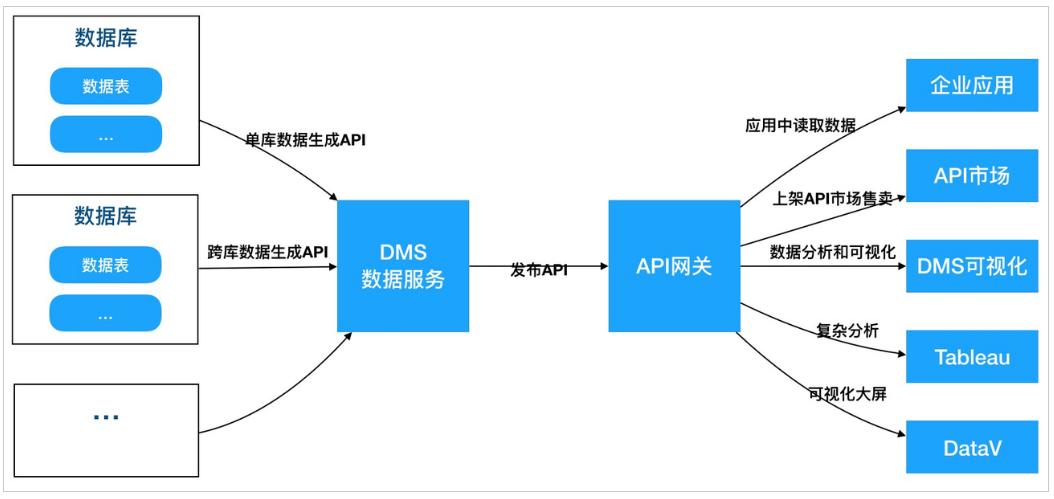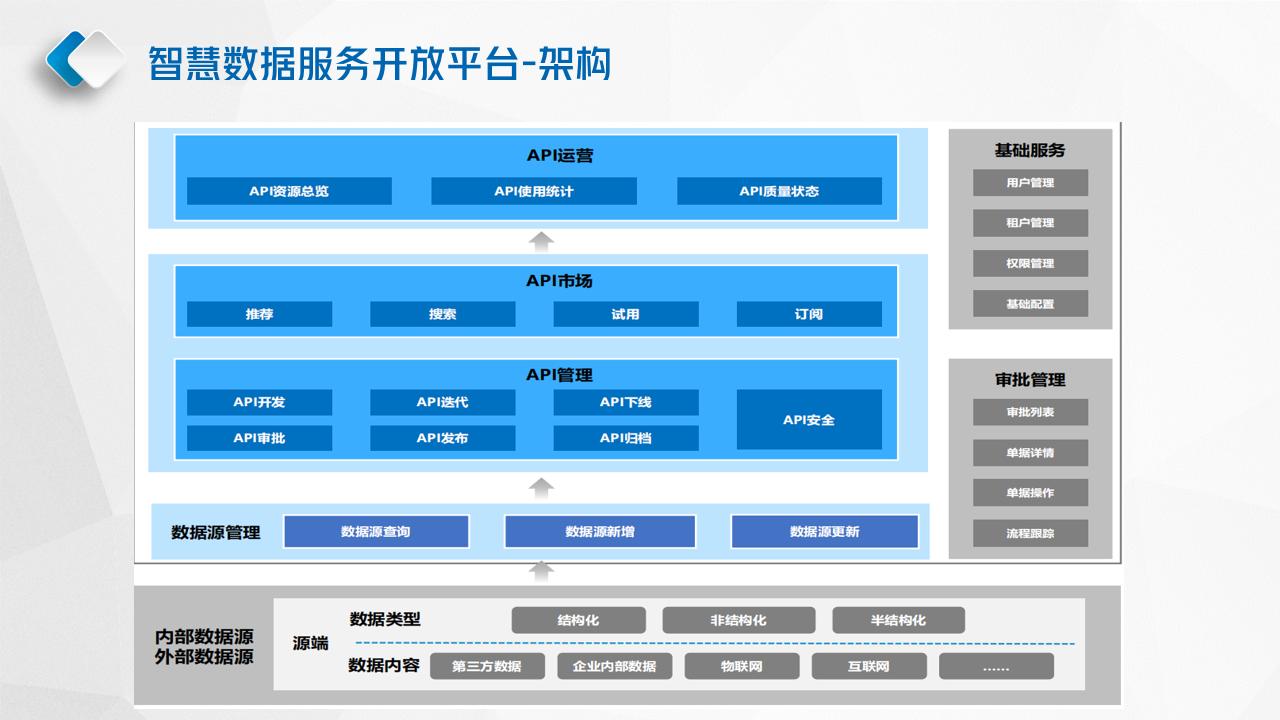
By properly applying data, enterprises can gain insights into the real situation of sales, market, finance, channels, production, etc. Therefore, enterprises have an increasing demand for data, but the traditional data supply method has become the biggest obstacle for most enterprises in the data monetization link.
In the process of building the enterprise IT system, each business department built multiple application systems according to its own needs at different times, with different technologies and different demand backgrounds, and the data system was also established vertically based on the business unit. However, as the digital transformation of enterprises gradually deepens, there are more and more digital application systems, which on the one hand leads to the rapid expansion of data scale, and on the other hand, the application system has higher and higher requirements for data. The ability to supply data with diversity, integration, security and stable performance has become one of the important components of enterprise competitiveness.
But why in the data supply scenario, the construction and management object is API, not data object? The reasons are as follows:
Data objects are scattered in various links of the business domain, and their supply process is often a one-way flow from the supply side to the demand side. APIs are often embedded in business systems/processes, and need to build services in combination with business scenarios, reuse data, and ultimately form an "out-of-the-box" data set, thus forming a two-way interaction between supply and demand, helping the data team to truly understand the business, and thus forming a step-by-step data service capability.
It is difficult to form a unified management specification and security mechanism by simply opening up data objects. However, formulating the corresponding application scope and security strategy for the API interface and recording and managing the API callers in real time can solve the security problem of multiple users accessing data. At the same time, giving the API flow control capabilities will also ensure the stability of the service.
The key to service capability lies in sustainability and improvement. The operation and management function of API services will support enterprise data teams to understand the overall flow of data resources and have data traceability capabilities, thereby ensuring the continuity and flexibility of API services.
In the traditional information system architecture model, enterprise IT personnel often write and generate API interfaces in languages such as Java or Python. From interface generation to external release, to the development of corresponding authentication, current limiting and other functions, and the organization of corresponding testing and verification, the single interface delivery process is time-consuming and costly. Moreover, each API interface is managed separately, making subsequent iterations difficult and maintenance inefficient. These factors have led to the traditional method no longer being able to meet the requirements of providing API resources in large quantities to various business domains of the enterprise and conducting centralized management.
Therefore, enterprises need a complete set of intensive management platforms to build a flexible and configurable data API service system, converge data API resources distributed in various business domains, provide a unified data API service catalog internally/externally, and carry out functions such as data API development, data security management, data service assurance, and data service operations.

Smart Data Service Open Platform-Function
1.According to business needs, quickly implement API design, development, and maintenance, and realize unified interface services and customized release;
2. Build a data service sharing and publishing platform and a unified data API development platform for the enterprise-level data center;
3. Build a data extraction platform and front-end service development platform for the big data platform;
4. Support enterprise organizations, business processes, and third-party customized orchestration of API service processes, and package them into independent microservices, which run on their respective business nodes to achieve decentralized maintenance and unified monitoring.
Smart Data Service Open Platform-Value
After building a complete data API service system, enterprises will have the following capabilities:
Integrate the enterprise's global data API resources and build a unified and intensive management platform
Change the fragmented construction situation of "multiple business domains, multiple technical means, and multiple API interfaces", realize unified management and control of enterprise-wide data API services, shield the underlying technical differences, and implement the "high efficiency, low cost" IT construction idea.
The data supply form has changed from "strong reliance on IT development" to "business self-service consumption"
Data that meets business needs is provided to the outside world through interface services, building service forms such as search query, catalog display, and interface subscription. Business personnel can complete the search, application, and subscription of data resources in a self-service manner as needed, giving full play to the business innovation potential.
Build a data API service system that is scalable and elastic
Horizontal interconnection: flexibly respond to business domain/application system requirements and expand the breadth of services.
Vertical penetration: adapt to the progress of enterprise data architecture construction and explore the depth of data.
Implementing the integrated model of "construction, management and operation" of API services
Starting from the aspects of service development, supply management, security strategy, operation control, etc., combined with corporate strategy and business needs, we will unify the planning of the architecture, mechanism and operation of data API services to achieve closed-loop management of the data resource supply chain.
Based on the above capabilities, enterprises will be able to achieve:
Data resource reuse: Enterprises deploy multiple digital applications (visualization large screen, BI, AI, digital twins, industrial collaboration, etc.). On the premise of not changing the big data framework and ensuring the integrity and accuracy of the original data set, they build independent microservice data interfaces according to business scenarios to improve data reuse efficiency, simplify the complexity of the data base/link, reduce the cost of data platform construction, and improve its maintainability and scalability.
Data interface call monitoring: Real-time monitoring of a single API or multi-step business process API within the enterprise, timely understanding of the API operation status, timely issuance of alarms when abnormalities are found, support operation and maintenance personnel to obtain fault information in the first time, quickly resolve faults, and improve the overall operation quality of the enterprise's digital applications.
Data aggregation base of big data platform: while managing the internal API of the enterprise, it can also centrally access massive external API resources, aggregate multi-dimensional/multi-platform/different vertical field data in real time, and support customized personalized data applications for roles such as industry analysts, business personnel, operations personnel, and regulators. It is suitable for industries or fields that focus on information resources, such as finance, investment banking, information media, credit reporting, insight, and public opinion.
Establishing data release channels: Establishing a business for rapid external data sharing. For example, securities companies provide market data on stocks, bonds, etc. to external customers through data API services; new media companies release information to their customers through APIs; government regulatory departments push management regulations, policies and regulations to corresponding industries, organizations, enterprises and institutions, etc.


 EN
EN
 ZH
ZH





